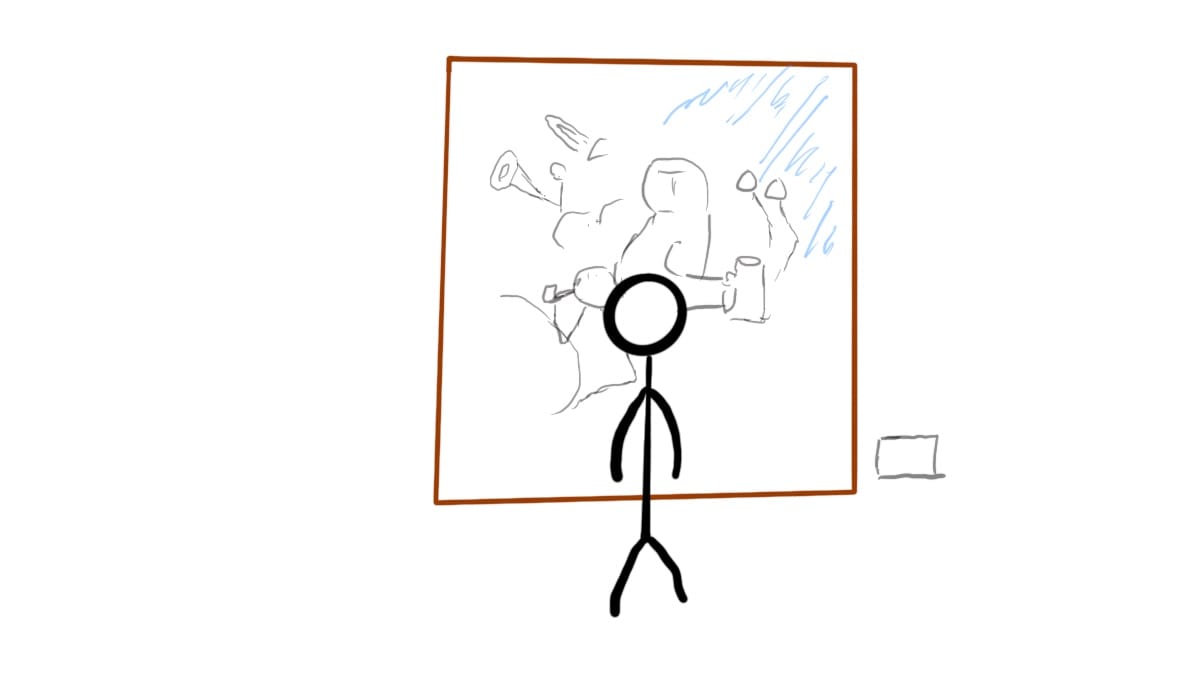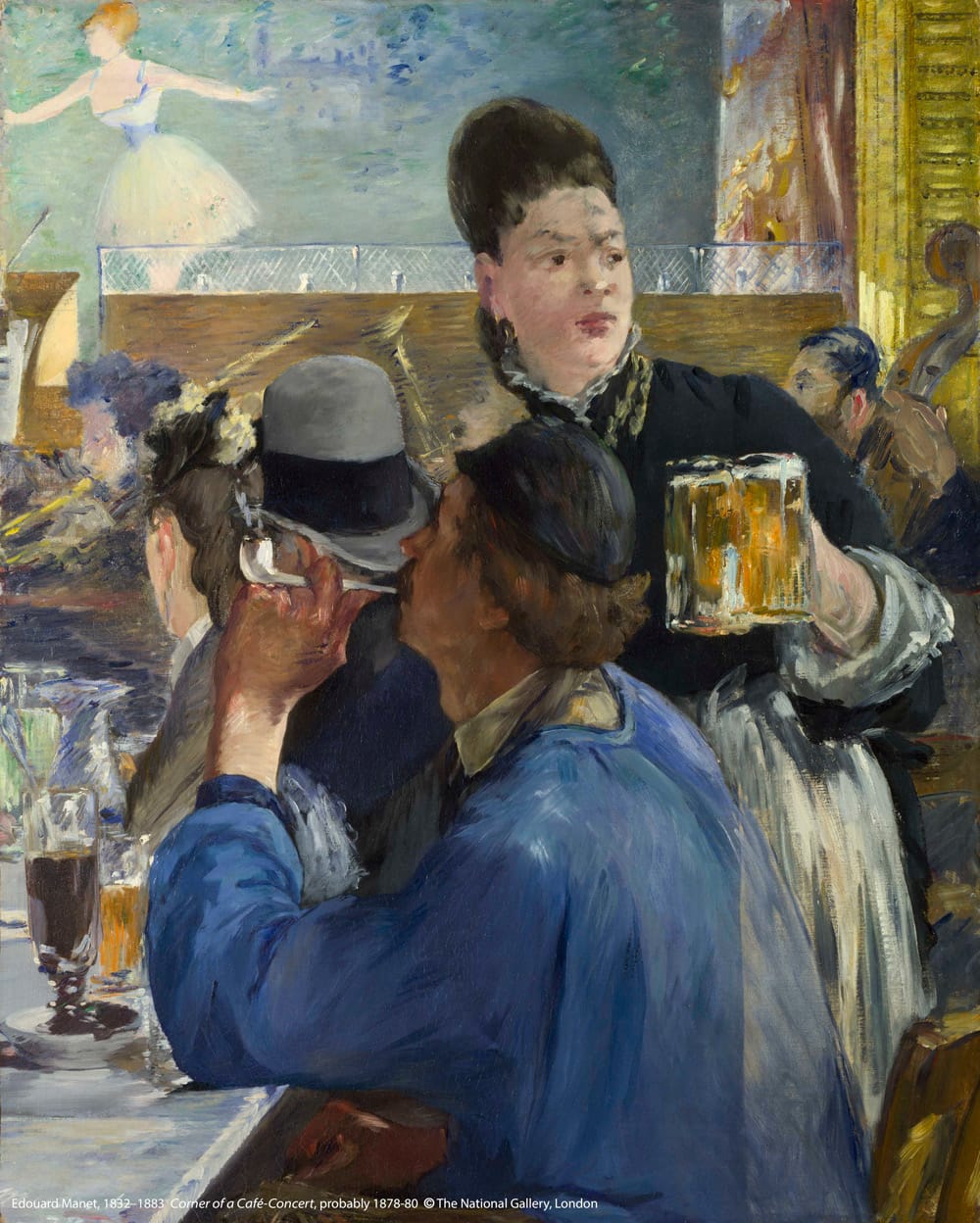How to Experience Art Exhibitions Mindfully: Tips and Insights
When I look at a painting, I want to feel every stroke, see what the artist saw, find what the artist hid, and guess what was in their mind. Maybe there are jokes, perhaps...

A few days ago, my wife and I found ourselves at an art exhibition that spanned the journey from Renaissance masterpieces to Impressionist wonders.
Photos as Keys to Memories
I have a habit of leaving my phone in my pocket during exhibitions. I want to fully immerse myself in the experience, absorbing every detail.
When I look at a painting, I want to feel every stroke, see what the artist saw, find what the artist hid, and guess what was in their mind. Maybe there are jokes, perhaps sarcasms, or even whispers of their loved ones. Watching a painting mindfully is an experience full of surprises and stories.
That's why I don’t take photos. What's the point of seeing a painting through a screen when the authentic one is right before you?
The only photo I take is the photo of my wife and I, smiling in the exhibition entrance. In the future, when I see this photo, it will be a key to help me get back to this experience.
Watching a painting mindfully

Here’s an Impressionist piece from 1878-1880 by Manet. Impressionism is often filtered through the painter’s thoughts and emotions, blending feeling with observation.
Now, imagine you are the painter, you are going to draw what you see:
- Theme: First, identify the theme. What is this painting about? Find it, or imagine one.
- Outline: Outline the picture, plan the structure, and identify the focal point.
- Texture: Observe how the painter presented the textures of clothes, skin, beer, coffee, tables, and chairs. How did he make the beer glass shine? How did he depict light and shadow on the clothes?
- Presentation: Notice there is only one clear face in this painting, the waitress’s. Why are the others either blurred or not looking at you?
- Colors: Look at the table, ostensibly white but actually a blend of blue, purple, red, and yellow. Those colors create the illusion of marble and whiteness. Isn't that amazing?
- Subtext: Is there a subtext? Why does the waitress's face look serious? What is the atmosphere in this café? Happy, loud, relaxing? Is there any metaphor?
- You Are Here: Can you hear the music, the chatter of the patrons? What are you drinking? Is it a hot summer or a pleasant spring? Can you capture what you are going to draw?
These are the little tricks I use when I view a painting, helping me engage deeply with the artwork.
Story of the painting
By approaching art this way, I understand the painting on a deeper level. I can hear some backstories, appreciate the painter's techniques, guess their personality, and ultimately create my own story of the painting.
The joy of watching a painting is like watching a movie, but with just one frame, allowing you to craft most of the story yourself.
You can do this even on your computer. Resources like Google Arts & Culture are excellent for viewing art. The difference between seeing a painting in person or online is like watching a movie at home or in a theater. If you want a space designed to immerse you fully in the art, go to an exhibition. If you just want to enjoy some stories casually, your digital device will suffice (though be aware of potential color differences across screens and online resources).
Watching a painting mindfully can expand your mind playground to a new level. Whether it's a story from a master or an unknown artist, countless tales await your exploration!